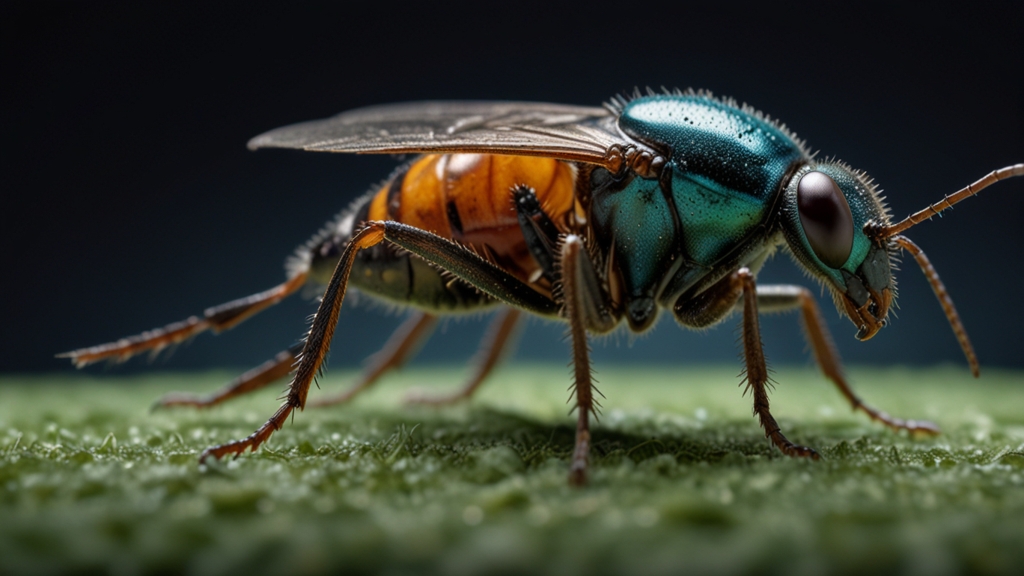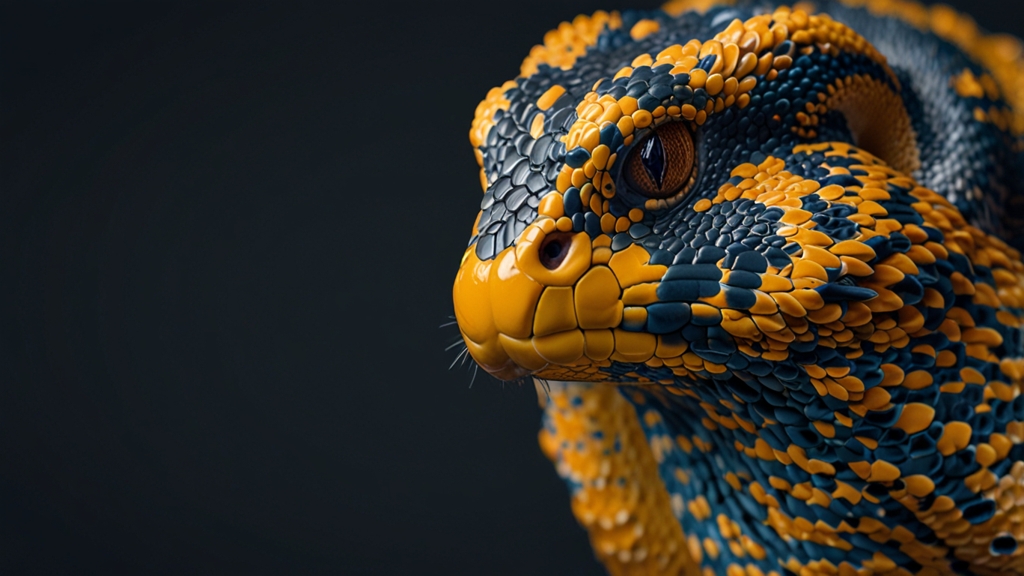How Insects Are Revolutionizing Medicine: The Surprising Connection
When one thinks of medical breakthroughs, high-tech laboratories, innovative drugs, and cutting-edge surgeries may come to mind. Few would consider the humble insect as a catalyst for revolutionary changes in medicine. However, research is increasingly uncovering the vast potential that insects hold for transforming healthcare. From producing life-saving medications to offering new insights into disease processes, insects are emerging as key players in medical science. This article delves into the diverse ways insects are revolutionizing medicine.
Natural Pharmacies: The Healing Compounds of Insects
Insects have traditionally been known for their roles in ecosystems as pollinators, decomposers, or even pests. Yet, many insect species produce compounds that have powerful medical applications. For instance, the venom of the bee contains melittin, a peptide currently being studied for its potential in treating conditions like cancer and arthritis. Similarly, the blood of the horseshoe crab contains a unique substance called Limulus Amebocyte Lysate (LAL), which is crucial for detecting bacterial contamination in medical equipment and vaccines.
"Insects have long been humanity's silent partners in medicine, offering untapped potential through their unique biochemical arsenals."
Combatting Antibiotic Resistance
The rise of antibiotic-resistant bacteria poses one of the greatest challenges to modern medicine. Interestingly, insects may provide a solution. Certain insect species, such as the honeybee, have evolved sophisticated immune systems that allow them to fend off a variety of pathogens. Researchers are studying the antimicrobial peptides produced by these insects to develop new antibiotics that could bypass traditional resistance mechanisms.
Wound Healing and Tissue Regeneration
Wound healing, particularly in chronic or non-healing wounds, is another area where insects are making a significant impact. Maggot therapy, which involves introducing sterilized fly larvae to a wound, has been used for centuries to clean necrotic tissue and promote healing. The larvae secrete enzymes that break down dead tissue and produce antimicrobial agents that reduce infection. Modern medicine has refined this ancient practice, resulting in a highly effective treatment for chronic wounds.
"The use of maggot therapy in wound care is a prime example of how ancient practices can be adapted to meet the demands of modern medicine."
Insights from Insect Behavior and Physiology
In addition to their biochemical contributions, insects offer valuable insights through their behavior and physiology. For example, social insects like ants and bees operate within highly organized colonies, where they exhibit roles that can be analogous to human cellular systems. Studying these complex behaviors can offer new perspectives on human health issues such as cancer, where cells similarly operate within a structured community.
Another intriguing area of research involves the flight muscles of insects like dragonflies and moths. These muscles are incredibly efficient and resilient, offering clues for developing prosthetic limbs and robotic movements. The biomechanics of insect flight are already inspiring innovations in various fields, including medical robotics.
The Future: Biotechnology and Genetic Engineering
Advancements in biotechnology and genetic engineering are unlocking even more potential in the medical uses of insects. Researchers are now able to genetically modify insects to produce human proteins, hormones, and even antibodies. For instance, scientists are exploring ways to engineer mosquitoes that can produce vaccines within their salivary glands, offering an innovative approach to mass immunization programs.
Furthermore, the genetic study of insects that are vectors for diseases, such as mosquitoes and ticks, is helping scientists develop better strategies for disease prevention and control. By understanding the genetic makeup of these vectors, researchers can create targeted interventions that disrupt the transmission of diseases like malaria and Lyme disease.
"The intersection of biotechnology and entomology holds promise for groundbreaking medical innovations that could redefine healthcare."
Conclusion
Insects, despite their small size and often overlooked status, are proving to be monumental in advancing medical science. From providing new antibiotics and enhancing wound care to inspiring innovations in biotechnology, the contributions of insects to medicine are both surprising and profound. As research continues to unlock the secrets hidden within these tiny creatures, it is likely that insects will play an even greater role in shaping the future of healthcare.








